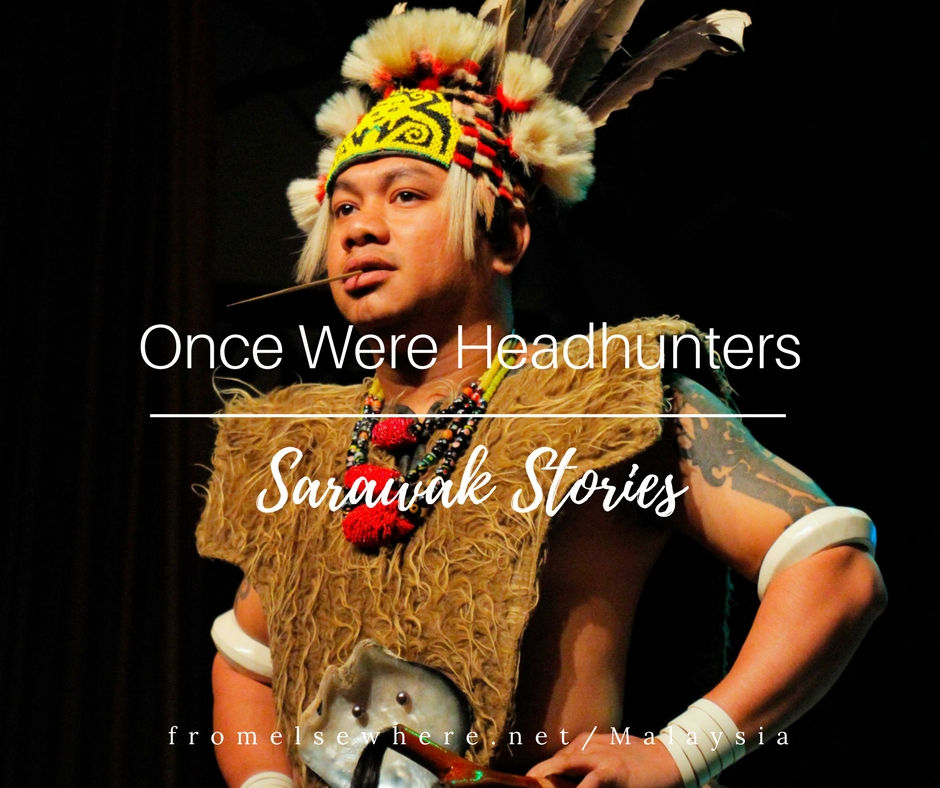I travel through the Malaysian state of Sarawak to learn more about the tribes of Borneo's little visited interior.

In 1942, a sort of Lawrence of Arabia type character, called Tom Harrisson, floated into the heart of Borneo under the canopy of a parachute. The intrepid anthropologist-come-adventurer-come-soldier, along with a handful of colonial Aussie mates, would base themselves in the Kelabit highlands for the next three years, recruiting the blowpipe and headhunting skills of the Borneo ethnic groups to fight the Japanese invaders.
Harrisson was a divisive, obtuse, individual who would go onto introduce schooling, oppose conversion to Christianity, 'marry' a local girl and run the Sarawak Museum in Kuching. An equally irreverent Kelabit would become his protégé, deputy museum head, political prisoner, and change longhouse life in one highland village at least.
It's a fascinating and dramatic place, not least for its history of inter-racial relations and leap of faith into a new world. But you wouldn't figure on all this drama, rebellion and intrigue as you putter down the runway of a jungle town in a tiny aircraft with only half a dozen passengers on board.
Bario town is a sleepy quiet place with its half dozen streets circling rice paddies and its wooden longhouses set to a backdrop of forested hills. Those who don't drive around in oversized 4wd utes get around on scooters and trail bikes. People nod as they pass, dogs trot down the street on important business with their tails held high, school kids want to know your name and where you are from. "Selamat Pagiiii" an old man calls to me veering across the road to grasp my hand warmly in his leathery gnarled one before continuing on.
It's a different Malaysia to anything I've seen so far. The people of the Kelabit Highlands were some of the last people in Malaysia to make contact with westerners. It shows. There are still no shopping malls or hotels here, barely any stores at all with most people still depending on the 'jungle supermarket'. There's no rush hour. And almost no way in or out. At the same time their infectious curiosity of the world beyond their sleepy hollow has them not only immensely connected to what is going on around them but leaders in it.
These are some of the stories of the people, their folklore and life - how it was and is still lived - in the highlands of Sarawak.







